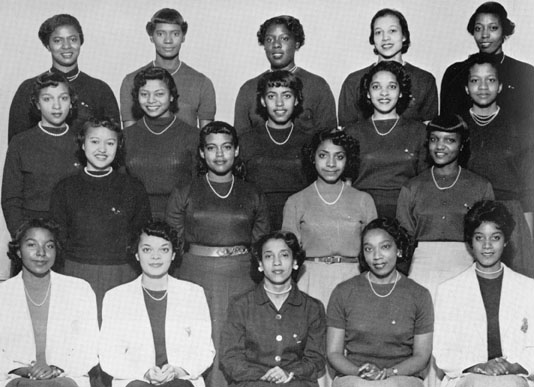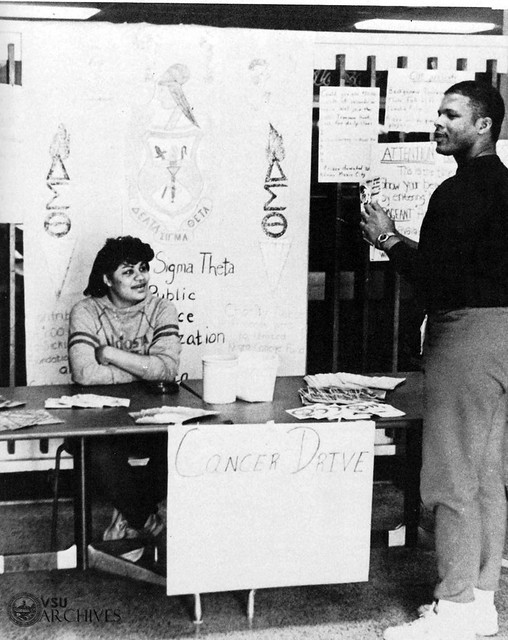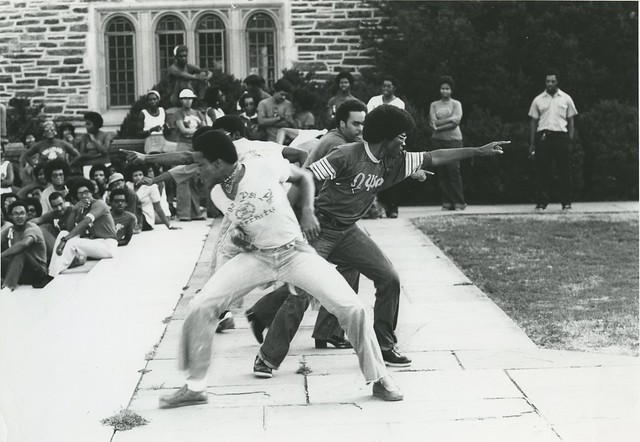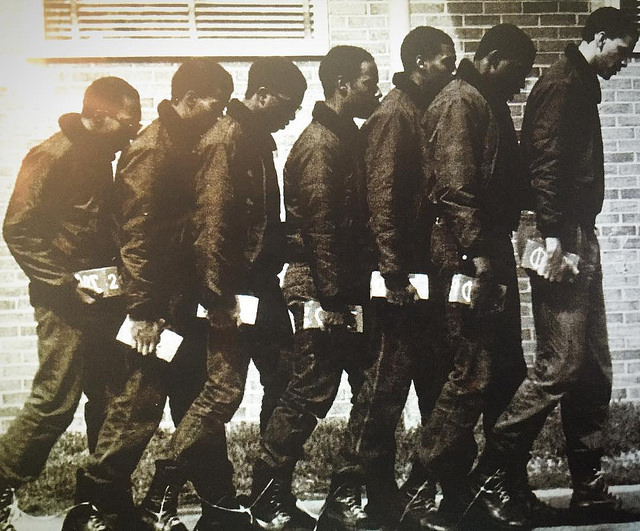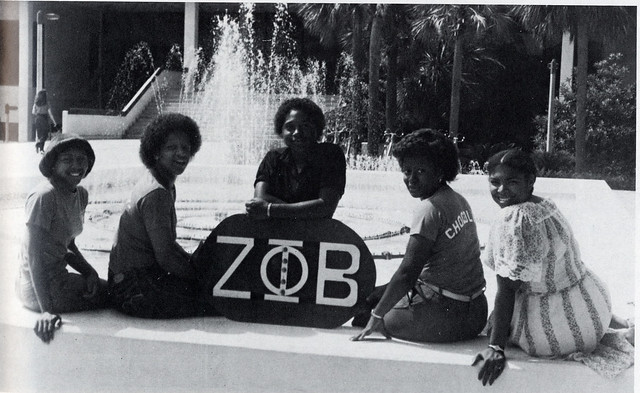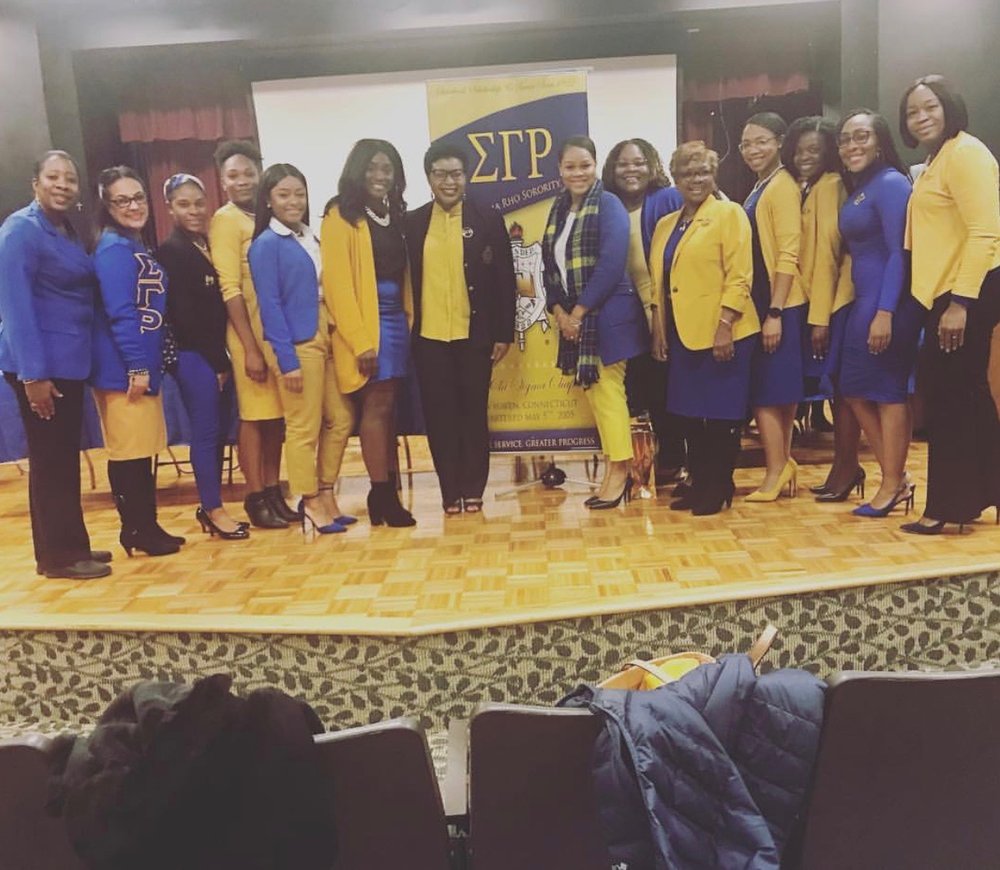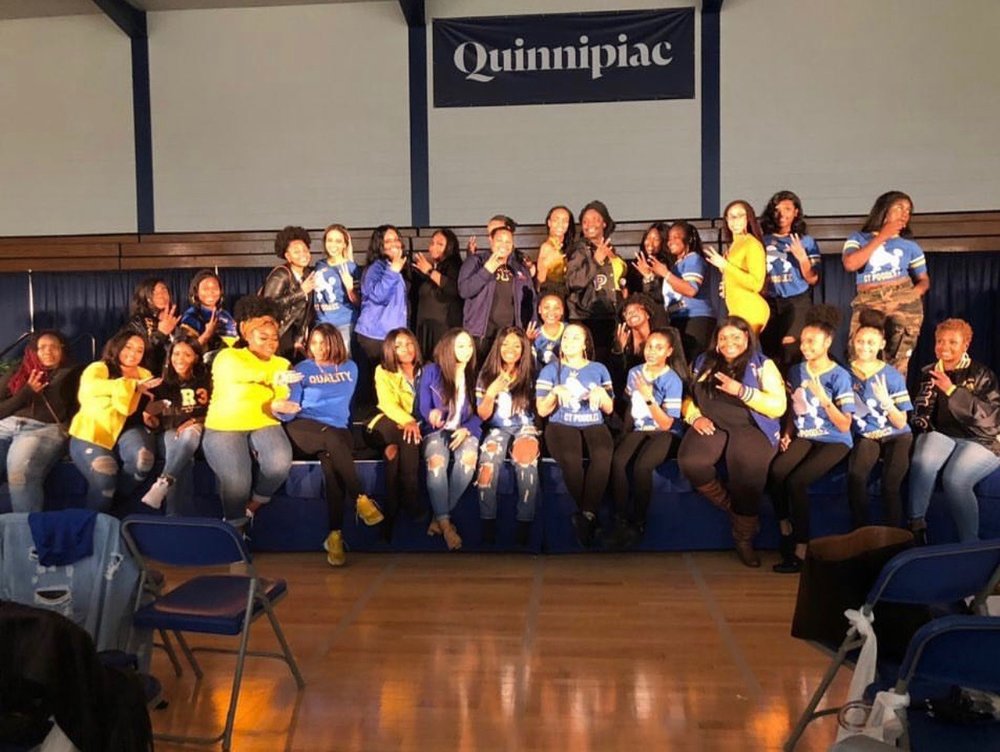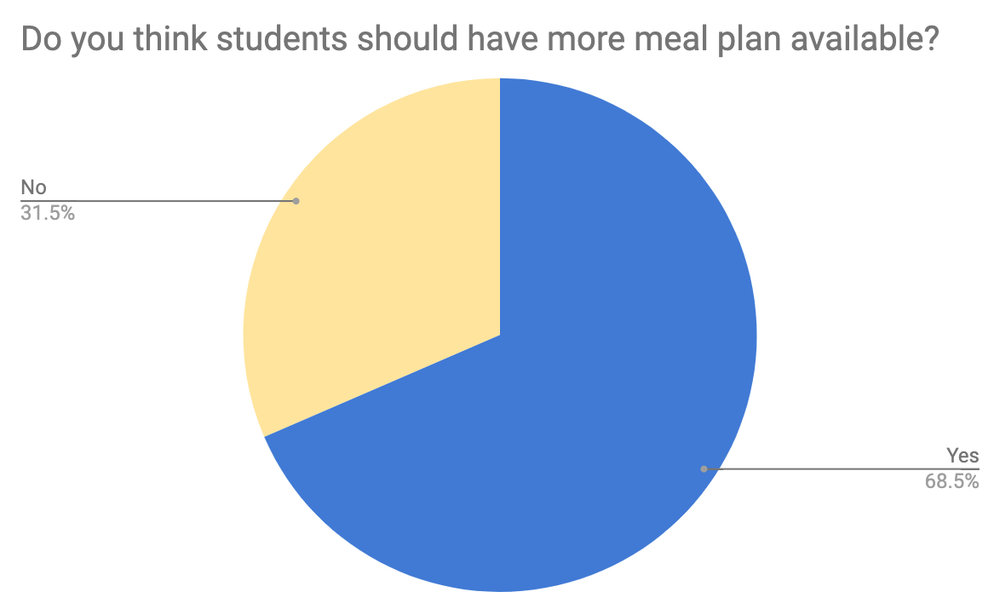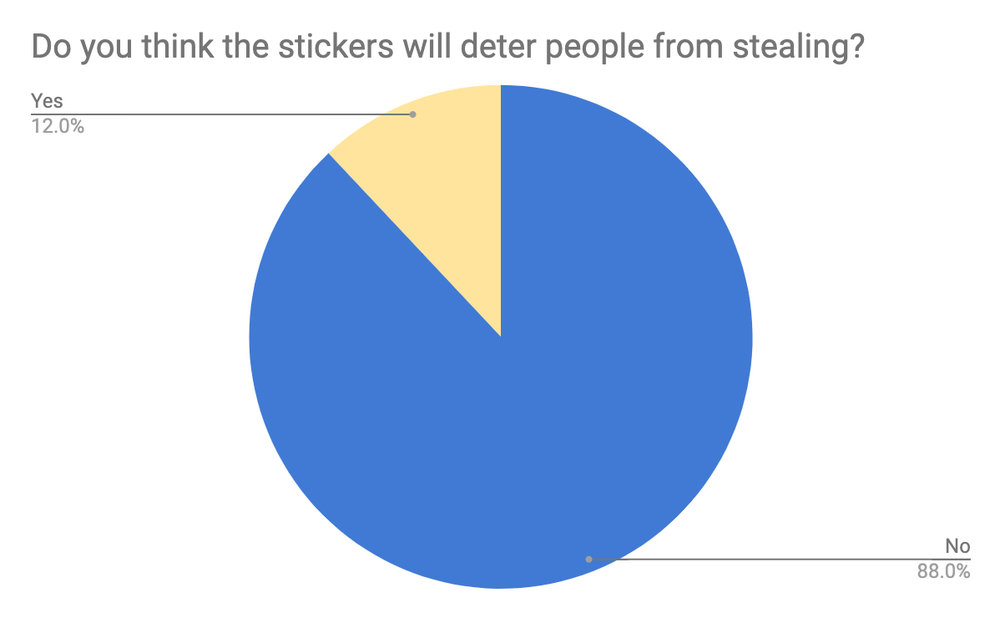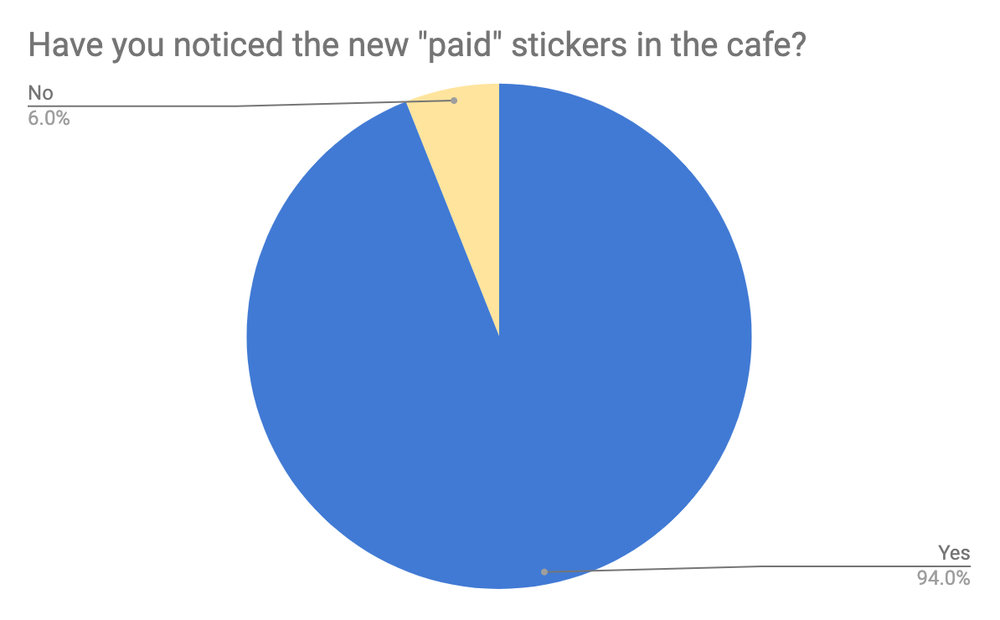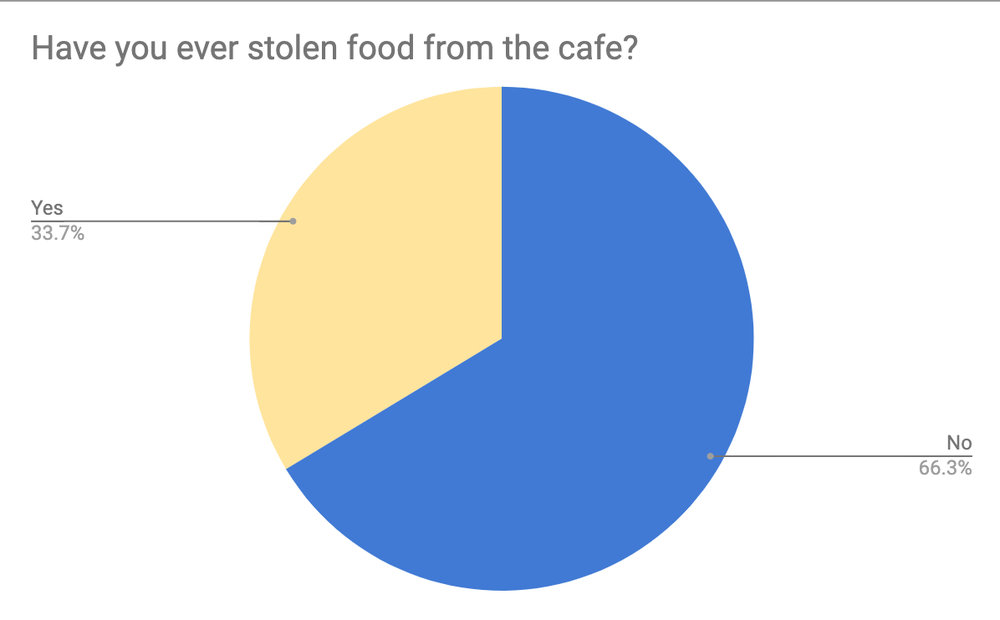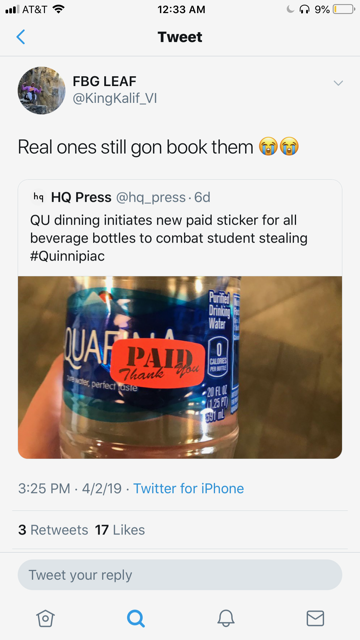By Andrew Robinson
The biggest meeting space on Quinnipiac University’s campus in Hamden is nearly empty save for three students, dressed in business attire and brimming with excitement.
The hollowness of the Mount Carmel Auditorium on that cold October evening did not affect three members of race-based Greek organizations as they prepared for their much-anticipated event centered on bridging the gap between white and minority students at their predominantly white institution.
The three students — a member of Alpha Phi Alpha Fraternity, Inc., a black fraternity, as well as two Hispanic students representing Latin Greek organizations — spent weeks organizing the event and days promoting it with fliers on social media. They prepared a PowerPoint with statistics, composed discussion questions and broached ways to discuss the racial tension at a university that recently suspended another fraternity, Sigma Phi Epsilon, after a racist incident earlier in 2018.
Finally, everything is in place.
But, 30 minutes after the event is scheduled to begin, only five students are in attendance.
The disappointment sets in.
As the few students that decided to make the trek across Quinnipiac’s quad settle into their seats, the realization hit that there would be a lot more vacant seats in the auditorium than filled ones.
Despite the dedication and efforts of the members of many of the multicultural Greek organizations, the reality is, these organizations receive little administrative support, and even less general visibility at predominantly white institutions, PWIs, across America.
“I can definitely say it is kind of discouraging. And it makes you think twice if you want to hold another event or if you want to do something like this again because it’s like, your afraid to get the same outcome,” said Bernard Grant, vice president of the National Society for Black Engineers at the University of New Haven. “You don’t want to feel like your time was wasted, like you put in all this effort, and only like three or four people showed up to it.”
Despite the struggles that multicultural greek organizations face at PWIs, things were far worse in the early 1900s when many of these organizations did not exist. African American students searched for something to be a part of in order to give them a sense of belonging at universities.
Fraternities at Cornell University prohibited black members, but African American students wanting to join a brotherhood got creative.
Henry Arthur Callis, for example, worked as a server at Sigma Alpha Epsilon events. George Biddle Kelley did the same for Beta Theta Pi. Others served as tutors — anything to experience fraternity life and see the inner workings of a successful organization.
Callis and Kelley used their experiences and knowledge of the institutional framework to help found Alpha Phi Alpha Fraternity, Inc. at Cornell in 1906 — the first ever historically black intercollegiate fraternity at the undergraduate level.
Over the next 60 years, eight more organizations launched across America. Seven were founded before 1925, with Iota Phi Theta Fraternity, Inc. being the latest, which was founded in 1963 at Morgan State University, a historically black university in Baltimore.
These organizations make up the National Pan-Hellenic Council, which is the collective governing body for these organizations, with the goal of “Unanimity of thought and action as far as possible in the conduct of greek letter collegiate fraternities and sororities, and to consider problems of mutual interest to its member organizations” as stated on the NPHC website. Ever since Iota Phi Theta officially became a member of the council in 1997, it has been commonly referred to as the “Divine Nine”(D9).
Jaylan Leon is the chief communications director of students of the diaspora at Yale in New Haven.
“My image of the D9 is black excellence. Black people that are trying to move forward and come together to make an impact in their community. People who are really motivated towards a like goal. It has an impact to really change communities and impact youth, especially,” Leon said.
Three of these D9 organizations were founded at PWIs, with two sprouting up in the midwest when Kappa Alpha Psi Fraternity, Inc. launched at Indiana University in Bloomington in 1911, and Sigma Gamma Rho Sorority, Inc. began at Indianapolis’ Butler University in 1922.
Stephanie McClure, a sociology professor at Georgia College, and author of the book “Voluntary Association Membership: Black Greek Men on a Predominantly White Campus” says students founded the black fraternities as social support and political action organizations.
“I guess I’ve always felt like that was their role,” she said.
In 2019, these organizations look much different now, since they have grown immensely and expanded their outreach.
Alpha Kappa Alpha Sorority, Inc., chartered at Howard University in 1908, has now initiated upwards of 300,000 members. Alpha Phi Alpha has over 200,00 initiated members at more than 700 chapters across the world.
All of the D9 organizations have established chapters outside of the United States in places such as the Virgin Islands, England, Canada, South Korea, Germany and Jamaica.
Despite the growth of the D9 over the last century, the representation at Quinnipiac is scarce with just one D9 organization on campus. The Sigma Beta chapter of Sigma Gamma Rho has just one active member and has not welcomed any new initiates since Spring 2017.
Sevina Jackson is that lone member.
“I would say that my membership journey is different than other individuals that are in sororities on this campus,” she said. “I know my chapter does struggle to recruit members and maintain a size of five or more. As far as having events and stuff we do struggle to get an attendance.”
Though the chapter struggles to maintain membership, Quinnipiac administrators are committed to the sorority.
“We need to continue to provide support to the sorority that’s here. And we need to be honest with national organizations that want to come here,” said Katherine Pezzella, director of campus life for fraternity and sorority life.
“We need to get to a point where we’re also OK not only accepting the city-wide model but we also need to be OK with groups coming and going on our campus. We need to be OK that we can recognize the AKAs, while the AKAs are kind of in and then maybe they die out but we welcome them back whenever there is interest.”
The city-wide model is a model that is commonly adopted at PWIs in an effort to provide a chapter that can sustain on a campus where there aren’t many black students.
For example Alpha Phi Alpha and Alpha Kappa Alpha are two city-wide chapters that exist in the greater New Haven area and consist of members from Yale, University of New Haven, Southern Connecticut State University and Quinnipiac.
This fusion of universities provides membership numbers to be able to sustain over a long period of time.
The problem is, many universities don’t recognize city-wide chapters due to insurance issues.
Colleen Kazar, assistant director for Greek life and programming at the University of New Haven said, “We cannot monitor or manage what is happening in city-wide chapters, which creates a liability on the university should something happen to one of our students.”
This creates a high hurdle for involved students and handicaps the organizations greatly by creating situations in which members can’t host events or receive financial assistance from the university.
“We had to get a paper signed by our Greek advisor on campus just saying that we meet the requirements — saying that we had a 2.5 (grade point average), we’re in good standing with the school and we’re actually a student there,” said Bernard Grant, a recently initiated member of Alpha Phi Alpha at the University of New Haven. “But the reason they wouldn’t sign it was because we’re not recognized on campus.”
Quinnipiac holds the same policy regarding city-wide chapters, thus limiting options for African American students.
Since Quinnipiac does not allocate any funding directly to Greek organizations on campus, funds are raised strictly via chapter dues, meaning the members determine the budget for the chapter. For Jackson and Sigma Beta, that means just one person is contributing monetarily, deeming it nearly impossible to finance the chapter.
“It’s definitely something that we’re talking about. I think it’s something that we’ll revisit again this summer and just try to think through,” Pezzella said.
Jackson and other members of Sigma Gamma Rho in Connecticut at various events in the community. Photos courtesy of Sevina Jackson.
Another potential solution to the recruitment issue could be revisiting how these organizations appeal to non-African American students.
“…at top-tier universities, black undergraduate populations average 6 percent, a statistic that has remained largely flat for 20 years.” according to a 2015 article that was published by The Atlantic.
Therefore, if on average 94% of the student body is not African American, the D9 organizations need to find other ways to recruit members.
“Diversify the membership. Don’t simply focus on the color of folks’ skin. Focus on whether or not they hold the fraternity’s ideals,” said Gregory Parks, associate dean of research, public engagement and faculty development at Wake Forest.
“Do they care about racial equality? Do they care about high academic performance? Do they care about community engagement? Do they care about collegiality? Getting along with others or brotherhood. You might imagine some progressive-minded White, Latino, Asian American, Native American students on campus who’d be interested in Alpha — they just need to know more about it.” he said.
PWIs have not met the standard that the founders of these organizations envisioned more than a century ago.
“I think we can always do better. The work our fraternities and sororities do should be celebrated on a constant basis,” said Eric Lacharity, associate director of the Office of Student Involvement at Southern Connecticut State. “It’s our job to be advocates for our Greek Life community and create that visibility for them and educate others on their importance.”
Educate — just like the three students in the near-empty assembly room on Quinnipiac’s campus last October were doing. University administrators at PWIs must also bridge the gap to the D9 organizations on their campuses.
“I feel like their presence is getting more and more known by the day as we add more, and I really feel like it’s becoming a really good staple of this community,” said Kyle Lopez, Quinnipiac’s Interfraternity Council president.
“We’re all working together and we’re building this community that’s awesome,” Lopez said. “So, I think if we keep going in the direction that we’re going in now in terms of membership intake, in terms of organizations being added, that we’ll be in a really good place in a few years.”




